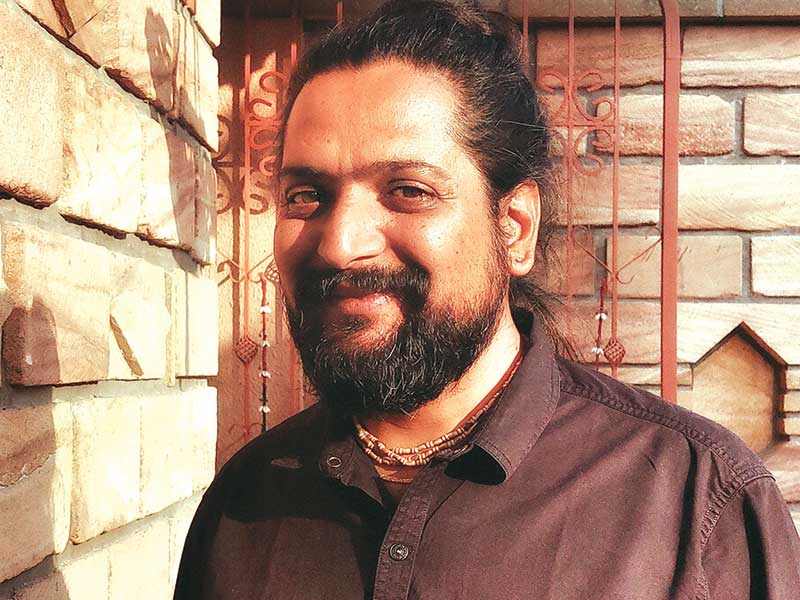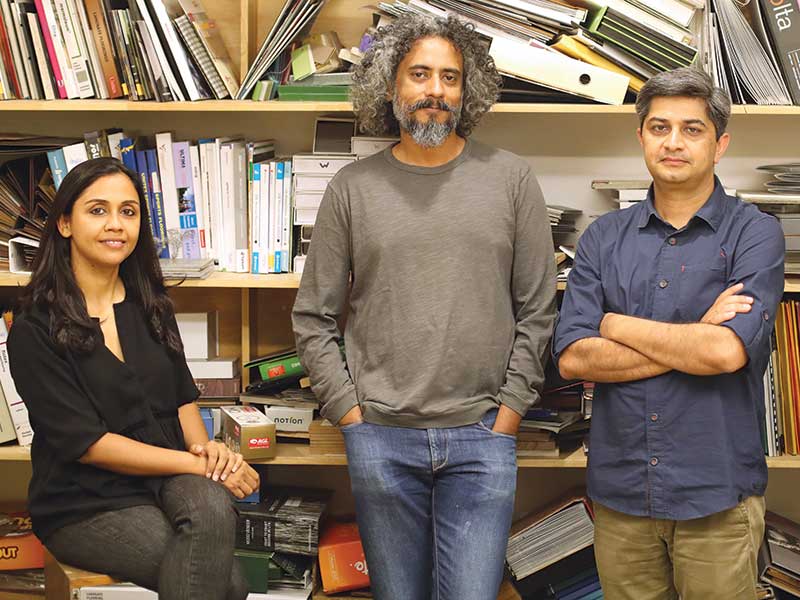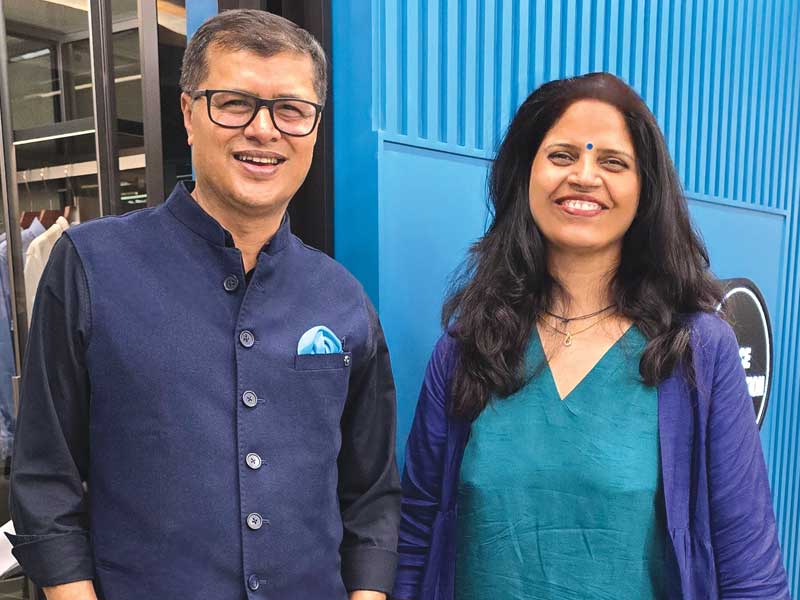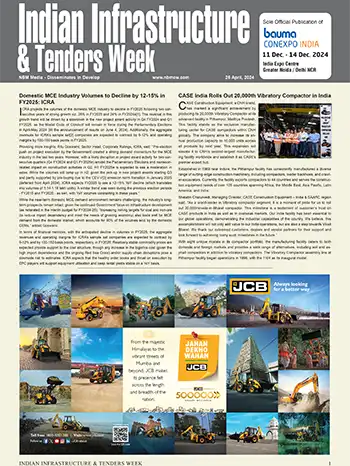While sustainability and luxury remain some of the few overused terms in recent times, we are keen on developing a lifestyle that goes hand in hand with nature.
Abhilash Narahari & Adarsh Narahari - Co-Founders, ReWild
Over the years, we’ve witnessed a shift in the pattern of investment within the real estate market. The definition of luxury in this sector has evolved: owning your own piece of nature, having control over what you grow and thereby eating healthier, leads to a more conscious and holistic living.
Sustainable projects are therefore becoming increasingly popular and desirable among buyers and tenants, which can translate into increased property values and rental rates. These projects are often designed with durable materials and low-maintenance features, which reduces the need for repairs and maintenance over time. Through recycling and waste reduction strategies, sustainable projects help reduce waste disposal costs and potentially generate revenue through recycling. It all boils down to creating a healthier and more productive indoor environment, which leads to a reduced carbon footprint and increased productivity.
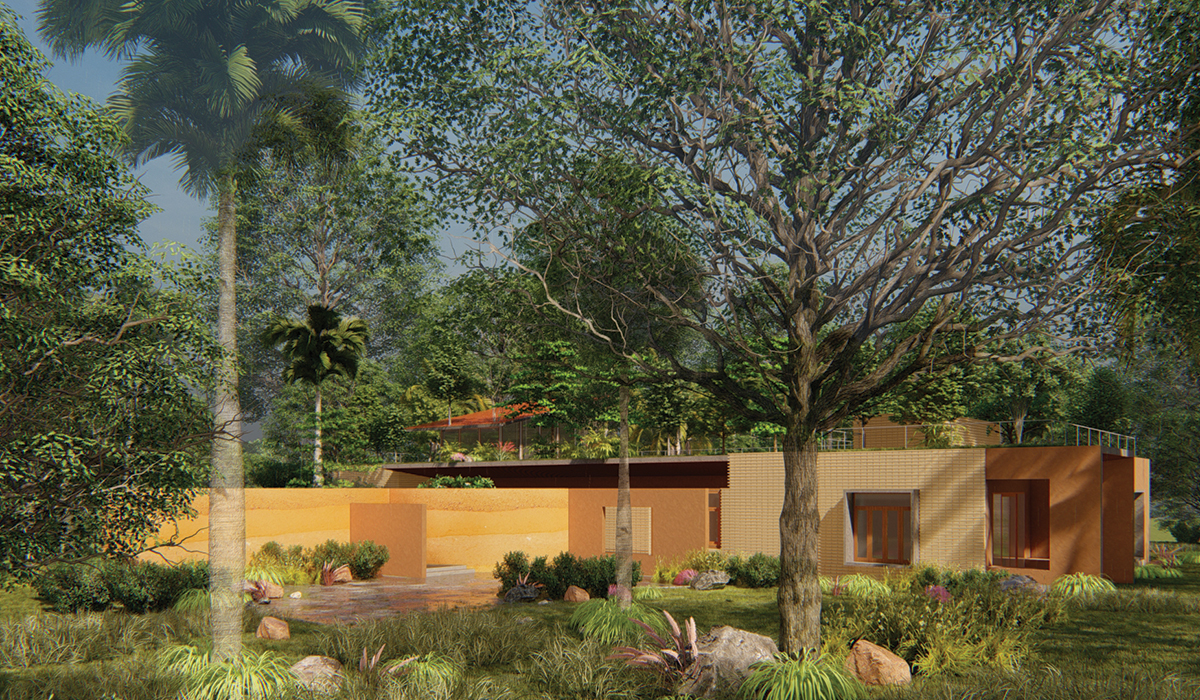
At ReWild, we are using the following eco-friendly techniques and methods:
Rammed Earth construction technique that uses soil to create solid walls that are both durable and aesthetically pleasing. Rammed earth is a sustainable building material since it is made from locally sourced soil, which reduces transportation emissions and promotes use of locally available resources. Rammed earth walls have high thermal mass, which means they can store and release heat, helping to regulate temperature in a building. This reduces the need for heating and cooling systems, which in turn lowers energy consumption and greenhouse gas emissions.
The embodied energy of a building material refers to the energy required to extract, transport, and manufacture the material. Rammed earth has a low embodied energy compared to many other building materials because it is made from simple, locally available ingredients and requires minimal processing. The Rammed Earth walls are incredibly durable and long-lasting, which means they do not need to be replaced as frequently as other building materials. This reduces the need for new construction and the associated environmental impacts.
Soil is a natural carbon sink, meaning it can absorb and store carbon from the atmosphere. By using Rammed Earth, carbon is effectively sequestered in the walls, helping mitigate climate change. Overall, Rammed Earth walls create environmentally sustainable buildings that are durable, energy-efficient, and aesthetically pleasing.
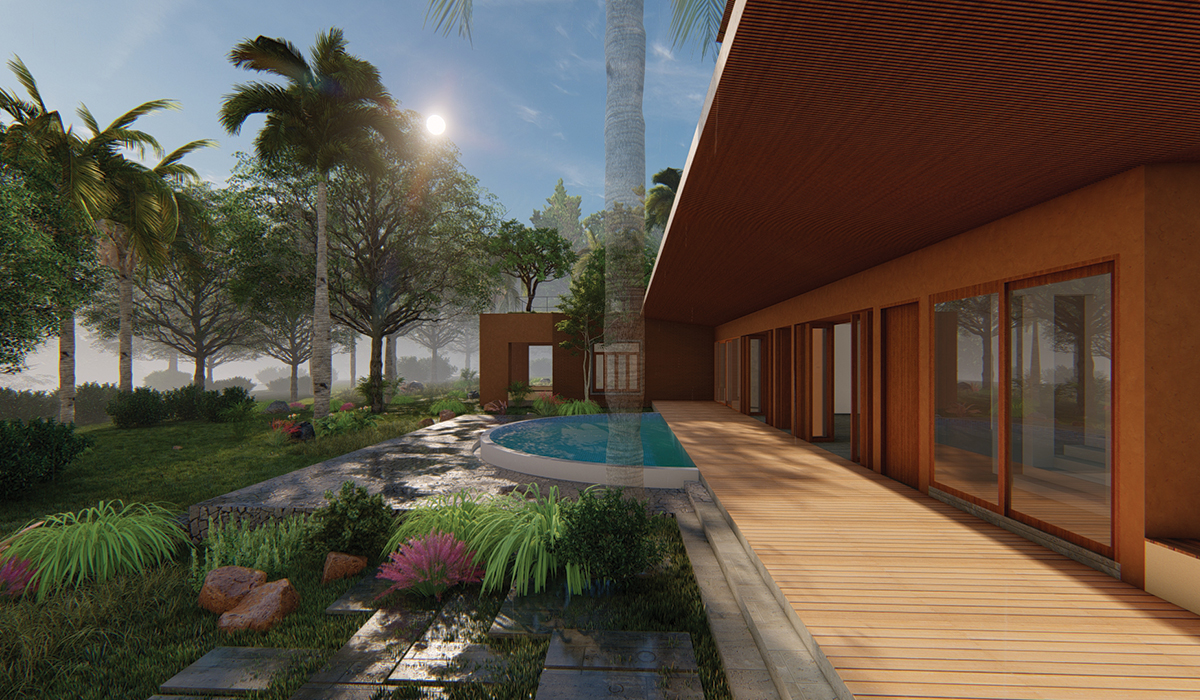
Bio-fencing is a great eco-friendly concept that uses living plants, shrubs, and trees to create a barrier or fence around an area, instead of traditional fencing materials like wood or metal. Since living plants are renewable resources, the fence can be replenished over time as the plants grow and mature. Bio-fencing promotes biodiversity by creating habitats for birds, insects, and other wildlife. This helps support local ecosystems and provide a natural environment for wildlife. Bio-fencing can help prevent soil erosion by stabilizing the soil and reducing the impact of wind and water erosion. This helps preserve soil quality and prevent loss of nutrients. Plants help to purify the air by absorbing carbon dioxide and releasing oxygen, hence, a bio-fence can help improve the air quality in the surrounding area. What’s more, bio-fencing can be a beautiful and natural addition to any landscape design. It can provide a sense of privacy and security, while also adding a natural, aesthetically pleasing element to the space.
Bioswales are landscape features designed to manage stormwater runoff by using vegetation and soil to filter and absorb pollutants. They slow down the flow of water, allowing it to be absorbed into the soil. This helps prevent flooding, reduce erosion, and replenish groundwater supplies. They help improve water quality by filtering out pollutants and sediments from stormwater runoffs, which helps protect local waterways and aquatic habitats.
Since Bioswales provide a habitat for a variety of plants and wildlife, this helps promote biodiversity and provide pollination and pest control. The vegetation in bioswales helps to sequester carbon from the atmosphere and thereby helping in mitigating climate change. Bioswales can be designed to be aesthetically pleasing, with a variety of plant species and landscaping features to improve the visual appeal of the surrounding area and provide a natural, green space.
A vegetable garden and food forest are excellent ideas for an eco-friendly farm project as they promote local food production and reduce the need for transportation and packaging associated with store-bought food. Growing food using organic farming practices improves soil fertility, promotes soil structure, and reduces erosion. This helps increase crop yields and reduce the need for synthetic fertilizers and pesticides.
A food forest promotes biodiversity by providing a habitat for a variety of plants and wildlife. Trees and plants absorb carbon dioxide and release oxygen, providing a natural way to reduce greenhouse gas emissions. A vegetable garden and food forest can bring together members of the community and promote a sense of community ownership and involvement in local food production. Freshly harvested fruits and vegetables will provide individuals with nutrient-dense, fresh food that is free from harmful chemicals and additives.
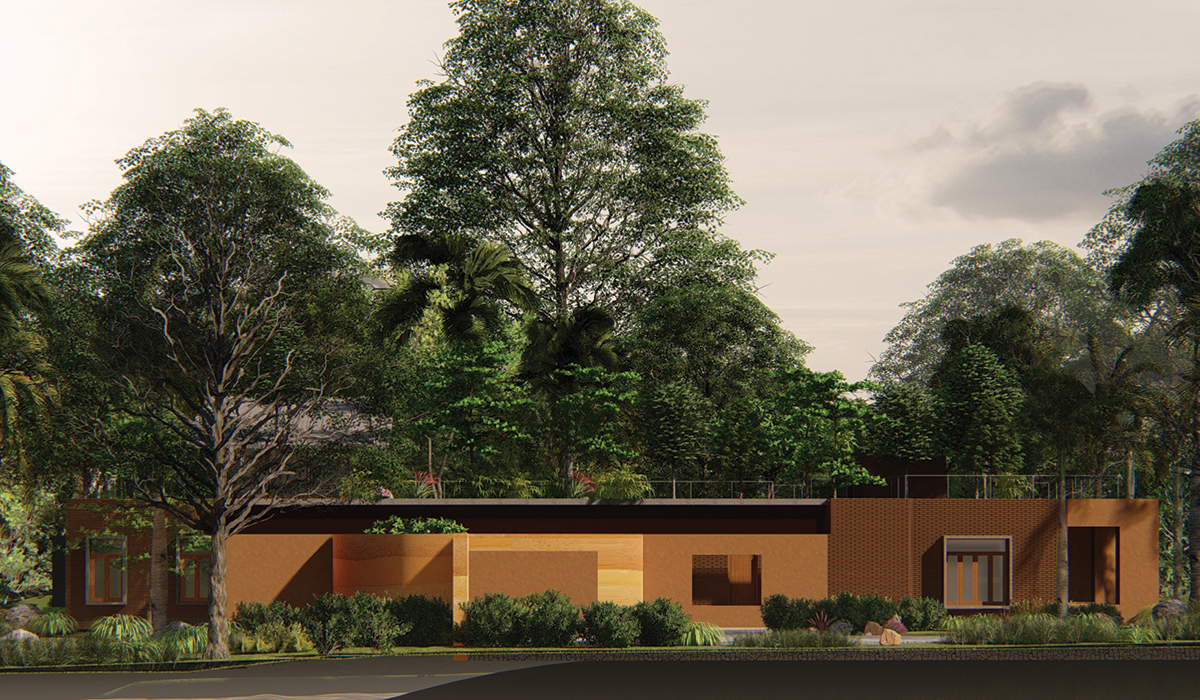
Site drainage and induced recharge strategy is an effective eco-friendly concept in a farm plot development. They help conserve water by reducing the amount of water lost due to runoff and increasing the amount of water that is absorbed into the soil. The farm therefore has a reliable and sustainable water supply. By reducing erosion and improving soil structure, they help increase soil fertility and crop yields.
Site drainage and induced recharge strategy can create wetlands and other habitats that support a variety of plant and animal species. This helps promote biodiversity and provide pollination and pest control. Wetlands and other habitats created through this strategy can absorb and store carbon, which helps reduce greenhouse gas emission. When designed aesthetically, water features, wetlands, and other landscaping elements will enhance the visual appeal of the farm.
Creating a wilderness area in a farm plot development will provide a habitat for a variety of plants and animals, thereby promoting biodiversity and contributing to the local ecosystem. Incorporating a trail within the wilderness area will allow individuals to observe and appreciate the flora and fauna and attract ecotourists (an additional revenue stream for the farm). The strategy will help in the conservation of plant and animal species, promote sustainable farming practices, and help preserve the natural environment.



